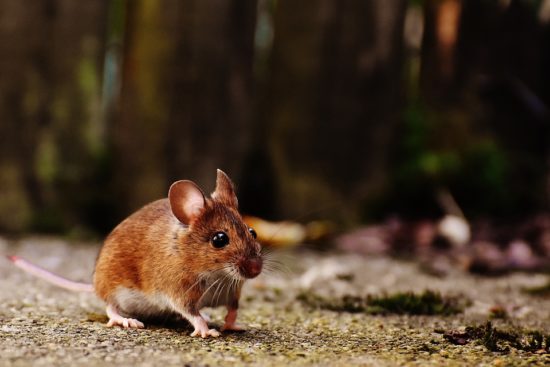Clinically relevant antimicrobial resistance at the wildlife–livestock–human interface in Nairobi: an epidemiological study
Wildlife, particularly those that use urban environments, are an important but understudied component of epidemiology of antimicrobial resistance. We investigated antimicrobial resistance overlap between sympatric wildlife, humans, livestock, and their shared environment across the developing city of Nairobi, Kenya. We use these data to examine the role of urban wildlife in the spread of clinically relevant antimicrobial resistance.
Within household compounds, statistical models identified two interfaces for exchange of antimicrobial resistance: between both rodents, humans and their rubbish, and seed-eating birds, humans and their rubbish; and between seed-eating birds, cattle, and bovine manure.
AMR NEWS
Your Biweekly Source for Global AMR Insights!
Stay informed with the essential newsletter that brings together all the latest One Health news on antimicrobial resistance. Delivered straight to your inbox every two weeks, AMR NEWS provides a curated selection of international insights, key publications, and the latest updates in the fight against AMR.
Don’t miss out on staying ahead in the global AMR movement—subscribe now!







